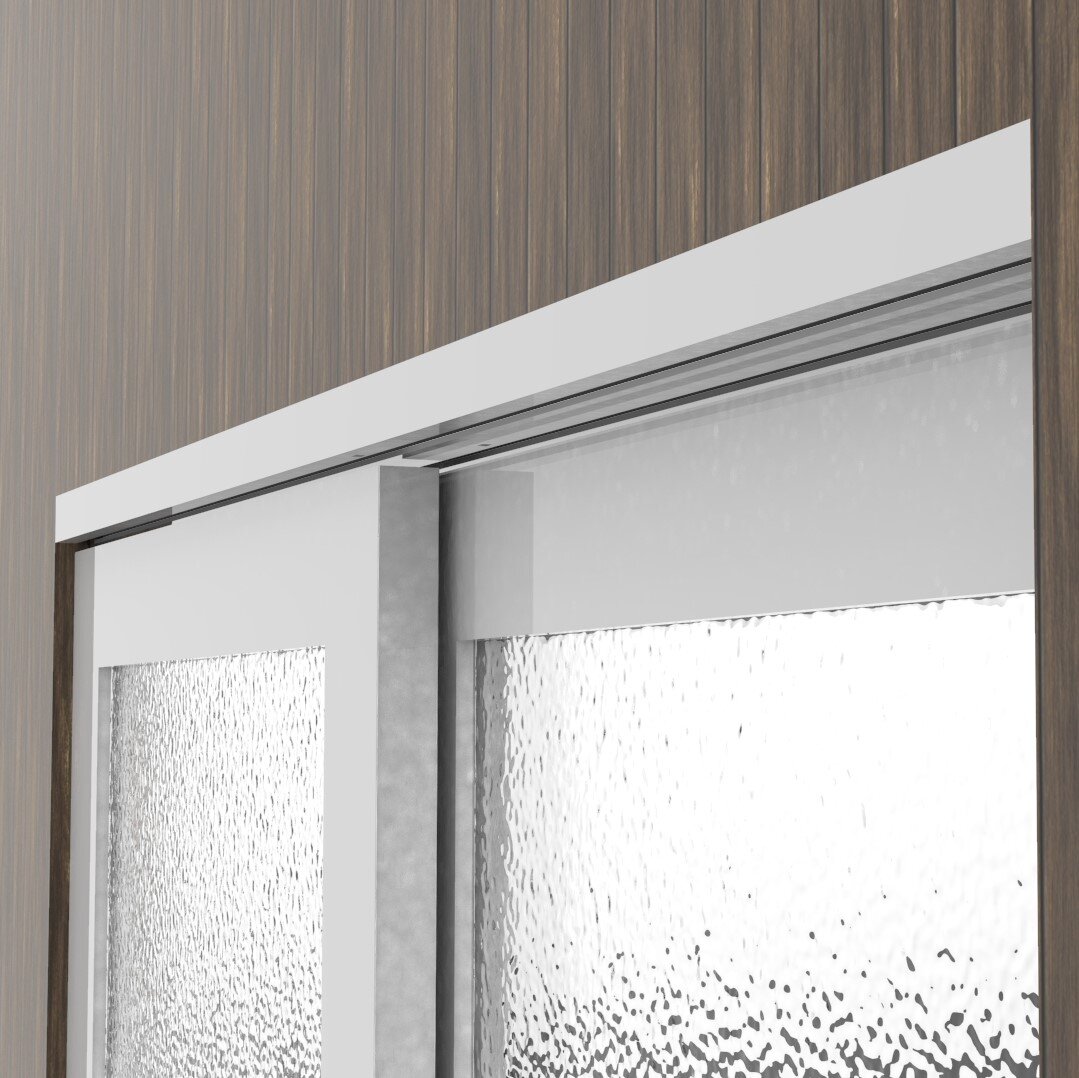In recent years, homeowners and architects alike have recognised the significance of open space to the day-to-day lives of their clients and customers. We place a high value on liberty and being unencumbered, and we are pleased to announce that we have escaped the confinement of the “four walls.” Because of this, more and more of us are opting for apartments equipped with sizable balconies and constructing homes with a terrace that opens up onto the backyard.
Sliding systems with a high amount of glass are an excellent choice for accommodating this trend. A sliding door made of aluminium is what we get if we add the trendiness that aluminium is experiencing right now. How should an aluminium sliding door be installed so that it may effectively perform all of its primary functions? Here are some options.
Installing Aluminium Sliding Door
Sliding doors made of aluminium are not only incredibly chic and contemporary in appearance, but they are also quite functional. They don’t take up much room and don’t get in the way of getting things done or communicating with others in the house. They make it simpler for you to manage your space and make more efficient use of your available area. In addition, sliding doors made of aluminium are an excellent choice for interior areas, including tight corridors and cramped rooms. They can produce great architectural marvels works if designed and built correctly.
It is important to give some thought to the logistics of installing sliding doors as early as possible in planning the construction of a new room. However, remember that the construction of such buildings are not always standard practice. It is generally recommended that this task be delegated to specialised businesses with the necessary expertise and experience in joinery installation. It must be in line with the building project as well as the advice of the system suppliers for its manufacturing and assembly.
Installation Procedures and Functions
Transferring loads to the walls of the building as a result of the building’s weight, the force of the wind, and the temperature difference, ensuring tightness and optimal thermal and acoustic insulation, proper vapour diffusion, and adequate insulation against weather conditions.
A sliding aluminium door might have its installation technique affected by the following factors:
- a) the dimensions, shape, and weight of the door; b) the location of the installation (whether it will be an interior or exterior door); and c) the floor on which the door will be installed.
Therefore, completing the work is not at all simple, and it is necessary to conduct specific planning and even design in each circumstance. There is no such thing as a standard model installation procedure for installing an aluminium sliding door. Additionally, architects do not make things simple for contractors. Therefore, if any of your construction projects involve the installation of an aluminium sliding door, you should start looking for a qualified specialist as soon as possible who possesses the knowledge and expertise necessary to carry out this particular installation.
Slimline Aluminium Sliding Door
A glass aluminium door that extends from floor to ceiling opens the room and provides access to breathtaking vistas. If the window’s frame and sash are folded together as little as possible, the space within will have the lightest possible shining into it. The attractive style of aluminium sliding doors with slimline construction is an additional benefit of using these types of doors. The use of a slender aluminium profile in conjunction with wide window apertures that are filled with glass results in a solution that is highly contemporary and designed. Sliding doors made of aluminium with a slender frame offer an unobstructed view while also providing high levels of thermal insulation and a low coefficient of heat transmission. Because of this, they are excellent for use in environmentally friendly homes.


